Aug. 11 to Aug. 17
Those who never heard of architect Hsiu Tse-lan (修澤蘭) must have seen her work — on the reverse of the NT$100 bill is the Yangmingshan Zhongshan Hall (陽明山中山樓). Then-president Chiang Kai-shek (蔣介石) reportedly hand-picked her for the job and gave her just 13 months to complete it in time for the centennial of Republic of China founder Sun Yat-sen’s birth on Nov. 12, 1966.
Another landmark project is Garden City (花園新城) in New Taipei City’s Sindian District (新店) — Taiwan’s first mountainside planned community, which Hsiu initiated in 1968. She was involved in every stage, from selecting and purchasing the land to landscaping and determining neighborhood amenities. One of her key goals was to lessen the domestic burden for working women, outfitting every unit with dishwashers and other appliances that were rare in Taiwan at that time, and also setting up an on-site daycare center.

Photo: Han Cheung
Born in China, Hsiu moved to Taiwan in 1949 at the age of 22 to work for the Taiwan Railways Bureau’s engineering department. Her first design project was the old Banqiao Railway Station, which was demolished in 1981.
Working in a male-dominated field, Hsiu is generally recognized as Taiwan’s first female architect and engineer. She went on to design numerous notable buildings, especially on school campuses. In 1967, Hsiu received the first Golden Tripod Award for Architecture alongside distinguished peers such as Wang Da-hong (王大閎) and Chen Chi-kuan (陳其寬).
An exhibition on Hsiu’s life and work is showing at the National Taiwan Museum’s Railway Department Park, running until Nov. 2.
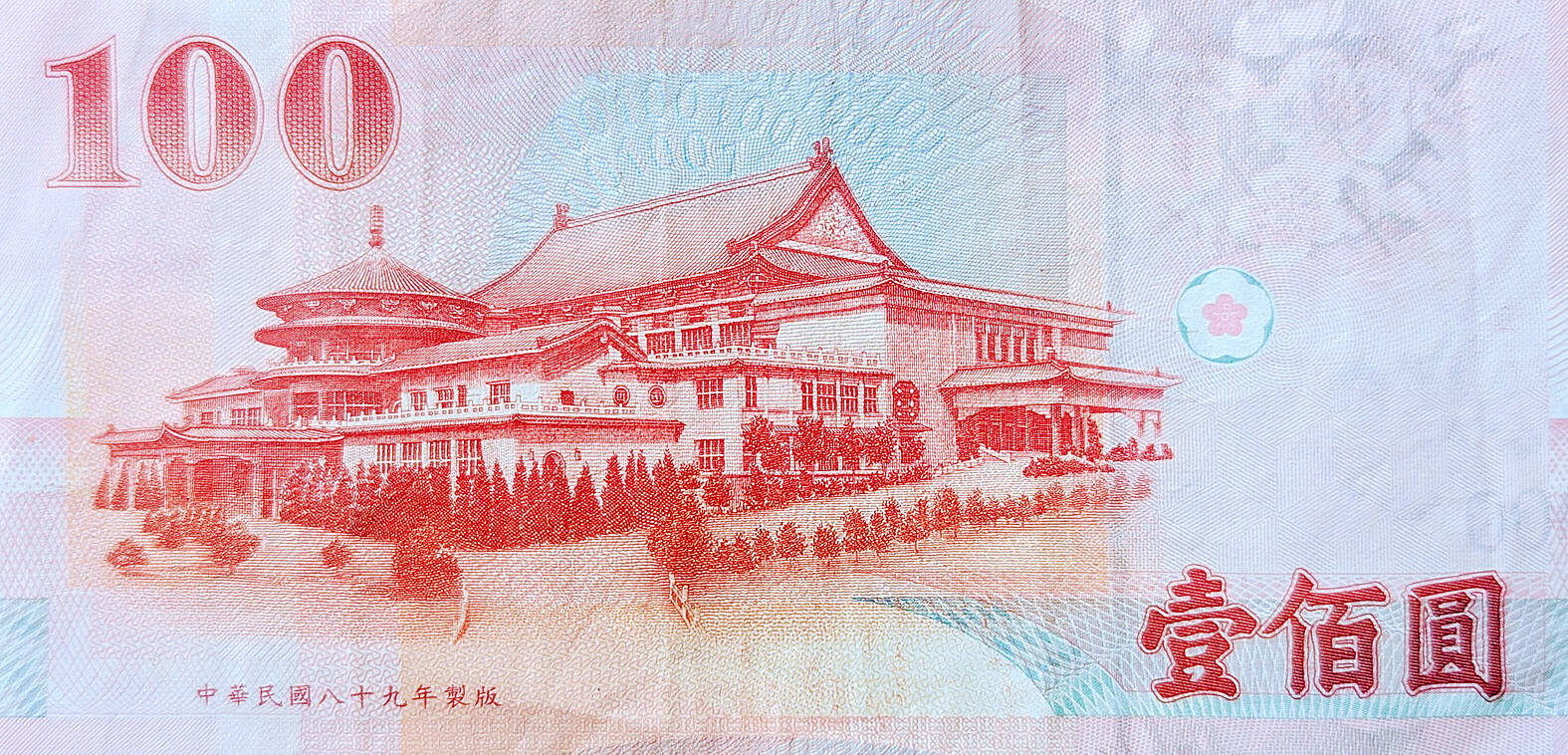
Photo: Han Cheung
EARLY YEARS
Hsiu was born on Aug. 15, 1925 in Yuanling County, Hunan Province. Her grandfather was a high ranking Qing Dynasty official and her parents, uncles and aunts all received a Western-style education. Two of her aunts were school principals.
She was the only girl among five siblings. Although her parents sought to raise their children equally, she was still subject to traditional gender bias and favoritism toward boys, writes Yin Pao-ning (殷寶寧) in The Allure of Modernity: Hsiu Tse-lan and her Era (現代性的魅惑:修澤蘭與她的時代). For example, when she was accepted to National Central University’s architectural engineering program, her mother hid her acceptance letter because she didn’t want her daughter to leave home to study in another city.
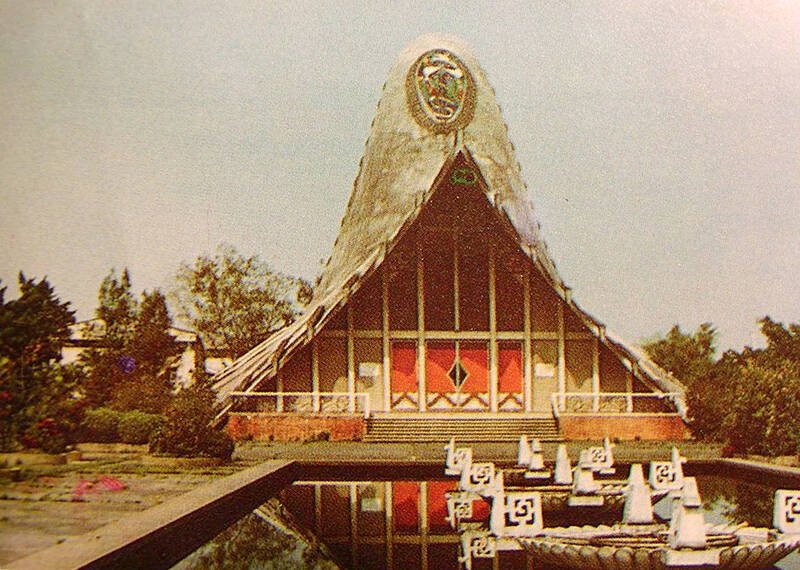
Photo courtesy of Forgemind Archimedia
Hsiu chose architecture because the Chinese Nationalist Party (KMT), who was at war with the Japanese, was actively encouraging young people to study engineering and architecture to help strengthen and rebuild the nation. Even then, she had strong aspirations to contribute to society, Yin writes.
She was one of two women in her entering class of 40. Hsiu graduated in 1947, and after finishing an internship she headed to Taiwan to visit relatives. But as the Chinese Civil War intensified, they urged her to find a job there.
At the Taiwan Railways Bureau, her first task was estimating and pricing construction projects, which proved useful when she started her own practice.
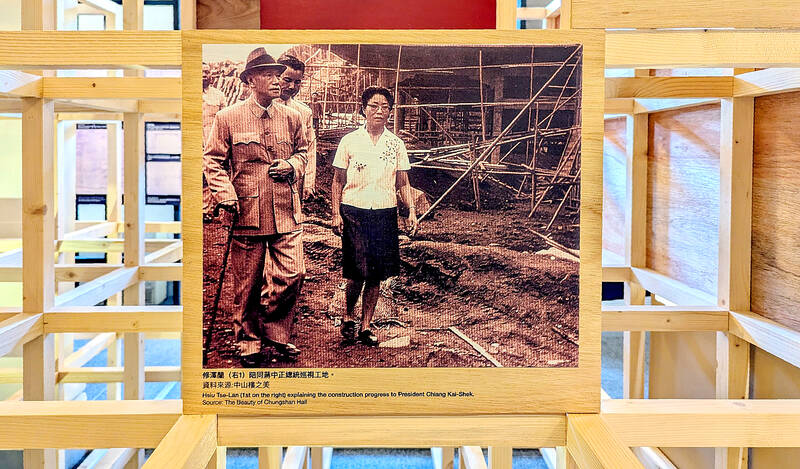
Photo: Han Cheung
BRANCHING OUT
At her first job, Hsiu recalls standing out not only for her ability and gender, but also for her background in architecture — a rarity in the department. When the old Banqiao Railway Station was slated for reconstruction, she was handed the task, taking on her first project at just 25 years old.
Hsiu replaced the original wooden structure with a modernist design, but prioritized the human-centered aspects. She lowered and opened up the ticket counters, added more convenient baggage check facilities, and made the main hall bright and spacious.
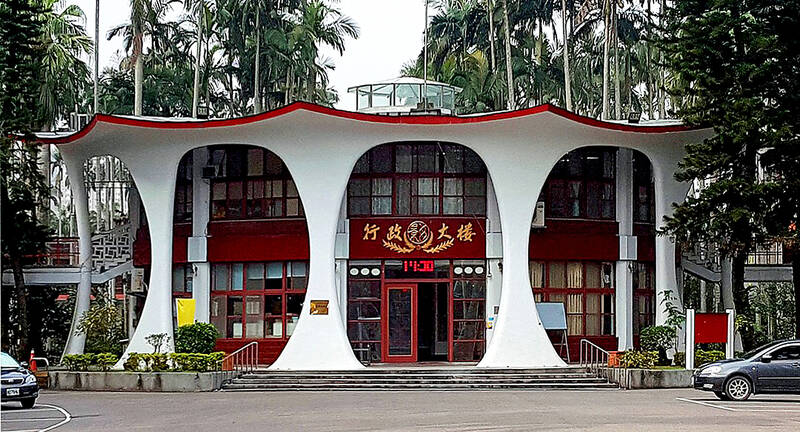
Photo courtesy of Wikimedia Commons
During that time, she met and married colleague Fu Chi-kuan (傅積寬), a civil engineer. Feeling constrained at her job, Hsiu was eager to plan and oversee construction herself. In 1956, the couple established the Tse Chun Architectural Firm (澤群建築師事務). Yin writes that Hsiu was able to boldly experiment with structural elements due to Fu’s expertise.
There is evidence that she had begun taking on cases before this, as her first non-railroad project, the Tri-Service General Hospital nursery school, was completed in 1954. With Taiwan’s economy still struggling, there was little private real estate investment, and most of Hsiu’s earlier projects were academic or public buildings. Yin writes that Hsiu had strong connections in the education sector and, as a devout Christian, she also designed a number of religious structures.
EAST MEETS WEST
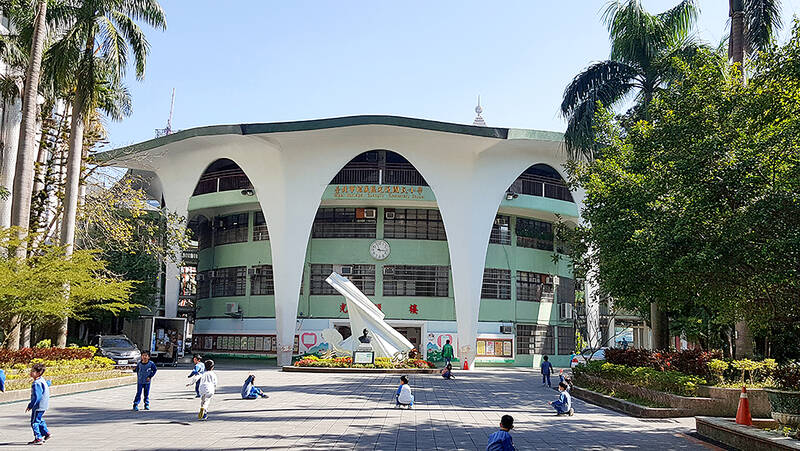
Photo courtesy of Wikimedia Commons
The firm thrived between 1956 and 1966, Yin writes, at one point handling 30 projects simultaneously. She also ventured into campus planning, with completed buildings that include today’s Jing Mei Girls High School and University of Taipei. While she emphasized the distinctive building interiors, she also devoted equal attention to lighting, sanitation, heating, ventilation, safety and well-being of the users, states an exhibition blurb.
In 1965, as the centennial of Sun Yat-sen’s birth approached, president Chiang Kai-shek commissioned a memorial structure in Yangmingshan. The design was to follow the government’s favored “palace style,” blending traditional Chinese elements with modern construction.
Hsiu had first explored the fusion of Chinese and Western styles in 1962 with the Taichung Teachers College building (today part of the Affiliated Senior High School of National Chung Hsing University).
Yin writes that then-minister of education Chang Chi-chun (張其昀) recommended Hsiu for the job. Chiang was convinced after visiting the Sun Moon Lake Teacher’s Hostel, which Hsiu completed in 1961. The hostel was her first of many collaborations with sculptor Yuyu Yang (楊英風), whose distinct reliefs adorned the facade. Destroyed in the massive 921 earthquake of 1999, this building is regarded as one of Taiwan’s earliest collaborations between architecture and public art.
Hsiu’s reputation soared after the completion of Zhongshan Hall, enabling her to take on a broader range of projects — though campus design remained her specialty.
GARDEN UTOPIA
In 1967, Hsiu took a three month trip to the US and Canada, where she was inspired by the suburban residential communities she saw there. She saw them as a symbol of progress.
Determined to try the concept in Taiwan, she launched her own company to create Garden City, a meticulously planned community for 1,250 households focusing on nature and social welfare. She bought 54 hectares of land in Sindian from 90 tea farmers, declaring that even if one owner refused to sell, she would abandon the project, Yin writes. The units ranged from apartments to mansions, but were uniform in appearance to minimize distinction in wealth and status.
Development began from scratch: preparing the land, building retaining walls and a drainage system. Hsiu prioritized soil and water conservation, and made minimal changes to the terrain, retaining vegetation and open spaces. Each unit came with more than 20 pings of garden space, outfitted with washing machines, food grinders, dishwashers, grinders, heaters and exhaust fans. Some of these appliances weren’t yet available in Taiwan, and factories had to create custom versions.
In addition, Garden City featured a laundromat, daycare, supermarket, church, trash service, shuttle bus, two parks and recreational facilities — and the community became a popular spot for people to visit on weekends.
Construction began in 1968. But Fu, her husband, was arrested in 1970 and jailed for three years on charges of sedition. Hsiu pressed on alone.
The idealistic project was the couple’s main focus until 1987. Often facing funding shortages, Hsiu’s architectural output greatly dropped, with only a handful of buildings completed during the 1980s.
Taiwan in Time, a column about Taiwan’s history that is published every Sunday, spotlights important or interesting events around the nation that either have anniversaries this week or are tied to current events.

This month the government ordered a one-year block of Xiaohongshu (小紅書) or Rednote, a Chinese social media platform with more than 3 million users in Taiwan. The government pointed to widespread fraud activity on the platform, along with cybersecurity failures. Officials said that they had reached out to the company and asked it to change. However, they received no response. The pro-China parties, the Chinese Nationalist Party (KMT) and Taiwan People’s Party (TPP), immediately swung into action, denouncing the ban as an attack on free speech. This “free speech” claim was then echoed by the People’s Republic of China (PRC),

Exceptions to the rule are sometimes revealing. For a brief few years, there was an emerging ideological split between the Democratic Progressive Party (DPP) and Chinese Nationalist Party (KMT) that appeared to be pushing the DPP in a direction that would be considered more liberal, and the KMT more conservative. In the previous column, “The KMT-DPP’s bureaucrat-led developmental state” (Dec. 11, page 12), we examined how Taiwan’s democratic system developed, and how both the two main parties largely accepted a similar consensus on how Taiwan should be run domestically and did not split along the left-right lines more familiar in

Many people in Taiwan first learned about universal basic income (UBI) — the idea that the government should provide regular, no-strings-attached payments to each citizen — in 2019. While seeking the Democratic nomination for the 2020 US presidential election, Andrew Yang, a politician of Taiwanese descent, said that, if elected, he’d institute a UBI of US$1,000 per month to “get the economic boot off of people’s throats, allowing them to lift their heads up, breathe, and get excited for the future.” His campaign petered out, but the concept of UBI hasn’t gone away. Throughout the industrialized world, there are fears that

Most heroes are remembered for the battles they fought. Taiwan’s Black Bat Squadron is remembered for flying into Chinese airspace 838 times between 1953 and 1967, and for the 148 men whose sacrifice bought the intelligence that kept Taiwan secure. Two-thirds of the squadron died carrying out missions most people wouldn’t learn about for another 40 years. The squadron lost 15 aircraft and 148 crew members over those 14 years, making it the deadliest unit in Taiwan’s military history by casualty rate. They flew at night, often at low altitudes, straight into some of the most heavily defended airspace in Asia.